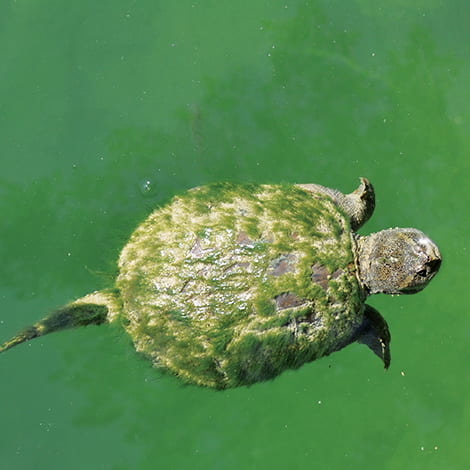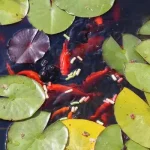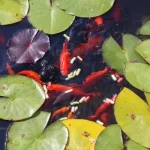Snapping turtles, known for their powerful jaws and unique appearance, play a vital role in maintaining the balance of pond ecosystems. Their diet consists of various food sources, making them essential contributors to the overall health of pond environments. Understanding what snapping turtles eat is crucial in comprehending their ecological impact.
The Diet of Snapping Turtles
Snapping turtles are omnivorous, meaning they consume both animal and plant matter. Their varied diet includes fish, frogs, insects, small mammals, aquatic plants, algae, and carrion. This diverse feeding behavior allows snapping turtles to adapt to the availability of food sources in their habitat, ensuring their survival in different environmental conditions.
Animal Prey
As opportunistic feeders, snapping turtles primarily hunt for fish, frogs, and small mammals in ponds. Their sharp beaks and powerful jaws enable them to catch and consume a wide range of aquatic creatures, making them efficient predators in their ecosystem. Additionally, snapping turtles may scavenge for carrion, further contributing to the nutrient cycling within the pond.
Plant Matter And Algae
While animal prey forms a significant part of their diet, snapping turtles also feed on aquatic plants and algae. This plant material provides essential nutrients and fiber, complementing their carnivorous consumption. By consuming plant matter, snapping turtles indirectly impact the nutrient levels and plant populations in the pond, influencing the overall ecological balance.
Ecological Importance
The feeding habits of snapping turtles have profound ecological implications within pond ecosystems. As predators, they help regulate the populations of smaller aquatic animals, preventing overpopulation that could disrupt the balance of the ecosystem. By consuming carrion, snapping turtles aid in the decomposition process, facilitating nutrient recycling and maintaining water quality.
Furthermore, the consumption of aquatic plants and algae by snapping turtles influences the distribution and abundance of these plant species, impacting the habitat for other pond-dwelling organisms. This interconnected web of interactions highlights the crucial role of snapping turtles in shaping the ecological dynamics of ponds.
Conservation and Management
Understanding the dietary preferences of snapping turtles is essential for their conservation and effective management of pond environments. Human activities, such as habitat destruction and pollution, can directly impact the availability of food sources for snapping turtles, leading to potential declines in their populations.
Conservation efforts aimed at preserving the natural habitats of snapping turtles, including the maintenance of clean and healthy pond ecosystems, are crucial for ensuring the sustained availability of their food supply. By protecting the diverse food sources of snapping turtles, we can contribute to the overall preservation of pond biodiversity and ecological balance.

Credit: a-z-animals.com

Credit: www.thepondguy.com
Conclusion
In conclusion, the dietary habits of snapping turtles encompass a wide range of food sources, reflecting their adaptable nature and ecological significance. By consuming animal prey, plant matter, and carrion, snapping turtles contribute to the regulation of pond ecosystems, nutrient cycling, and the maintenance of biodiversity. Recognizing the importance of their diet is fundamental in promoting the conservation and sustainable management of pond environments.
Next time you observe a snapping turtle in a pond, consider the profound impact of its diet on the intricate web of life within the aquatic ecosystem.




